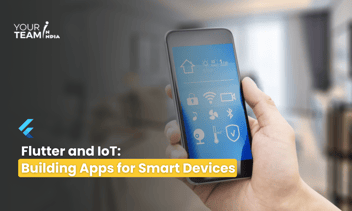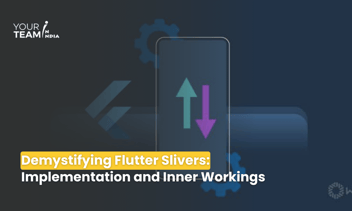Quick Summary: Delve into the world of Flutter development as we tackle the challenge of implementing offline support in apps. This article offers a comprehensive guide to creating robust Flutter applications that remain functional without internet connectivity, ensuring a seamless user experience in any environment.
Introduction
- The importance of providing a seamless user experience in offline scenarios.
- Overview of the challenges faced by users when connectivity is limited.
- Introduction to the concept of offline support in mobile applications.
Detecting Network Connectivity
- Using Connectivity Package
- Introduction to the connectivity package for Flutter.
- Implementing code to check the network connectivity status.
|
# pubspec.yaml |
|
// Importing Connectivity package |
|
// Example: Detecting network connectivity |
Listening for Connectivity Changes
- Setting up listeners to monitor changes in network connectivity.
- Reacting to connectivity changes in real-time.
|
// Example: Listening for connectivity changes |
Handling Offline Scenarios
- Showing Offline Indicators
- Implementing visual indicators to inform users about offline status.
- Displaying appropriate messages or UI elements.
|
// Example: Showing offline indicators in Flutter UI |
Disabling Network-Dependent Features
- Disabling features that require network connectivity when offline.
- Providing alternative actions or features.
|
// Example: Disabling network-dependent features |
Offline Data Storage
- Using Local Database (e.g., SQFlite)
- Introduction to local databases for storing data offline.
- Implementing basic CRUD operations with a local database.
|
# pubspec.yaml |
|
// Importing SQFlite package |
|
// Example: Using SQFlite for local storage |
Caching Remote Data
- Implementing caching mechanisms for remote data.
- Configuring cache expiration and eviction policies.
|
// Example: Caching remote data |
Synchronizing Data
- Background Sync
- Implementing background synchronization of data when connectivity is restored.
- Handling data synchronization efficiently in the background.
|
// Example: Background data synchronization |
User-Initiated Sync
- Providing options for users to trigger data synchronization manually.
- Adding a sync button or menu option in the app.
|
// Example: User-initiated data synchronization |
Testing Offline Scenarios
- Simulating Offline Mode
- Configuring a testing environment to simulate offline scenarios.
- Using Flutter's device emulator to toggle network connectivity.
|
# Example: Simulating offline mode |
Testing Offline Features
- Implementing test cases for offline features using Flutter's testing framework.
- Ensuring that the app behaves correctly in offline scenarios.
|
// Example: Testing offline features |
Conclusion
- Recap of key strategies for implementing offline support in Flutter apps.
- Encouragement for developers to prioritize a robust offline experience.
- Reminders about the importance of testing and optimizing for offline scenarios.
Ready to elevate your Flutter app design? Unlock the full potential of Flutter layouts with our professional Flutter developers.









